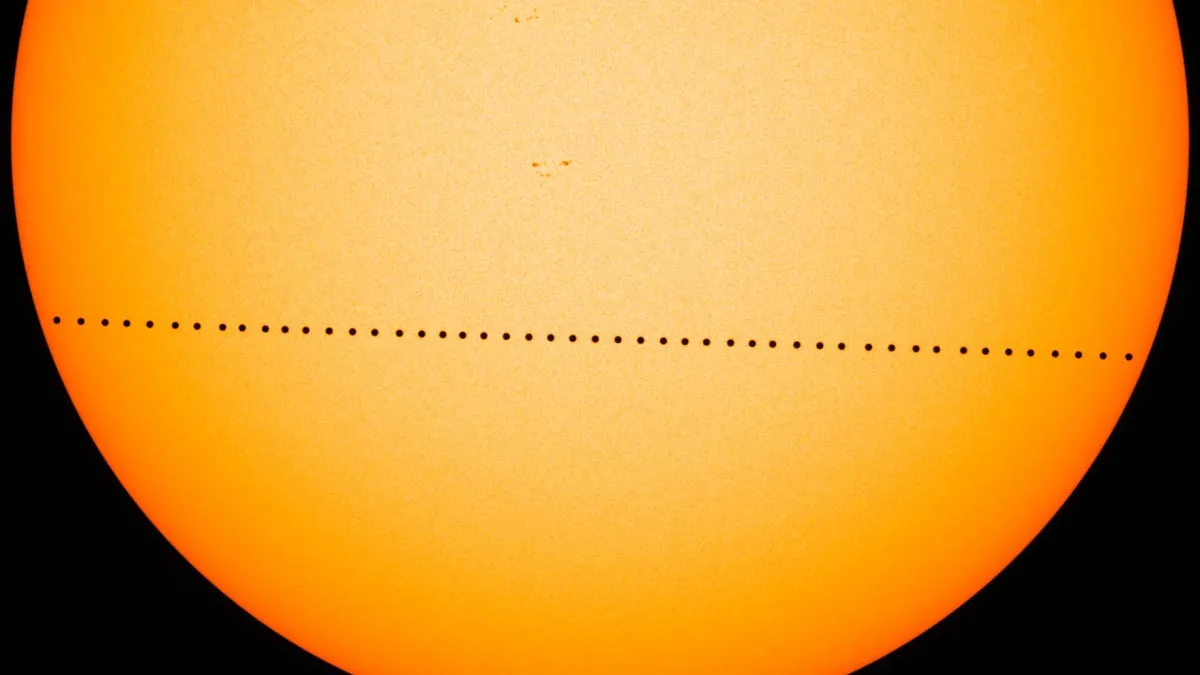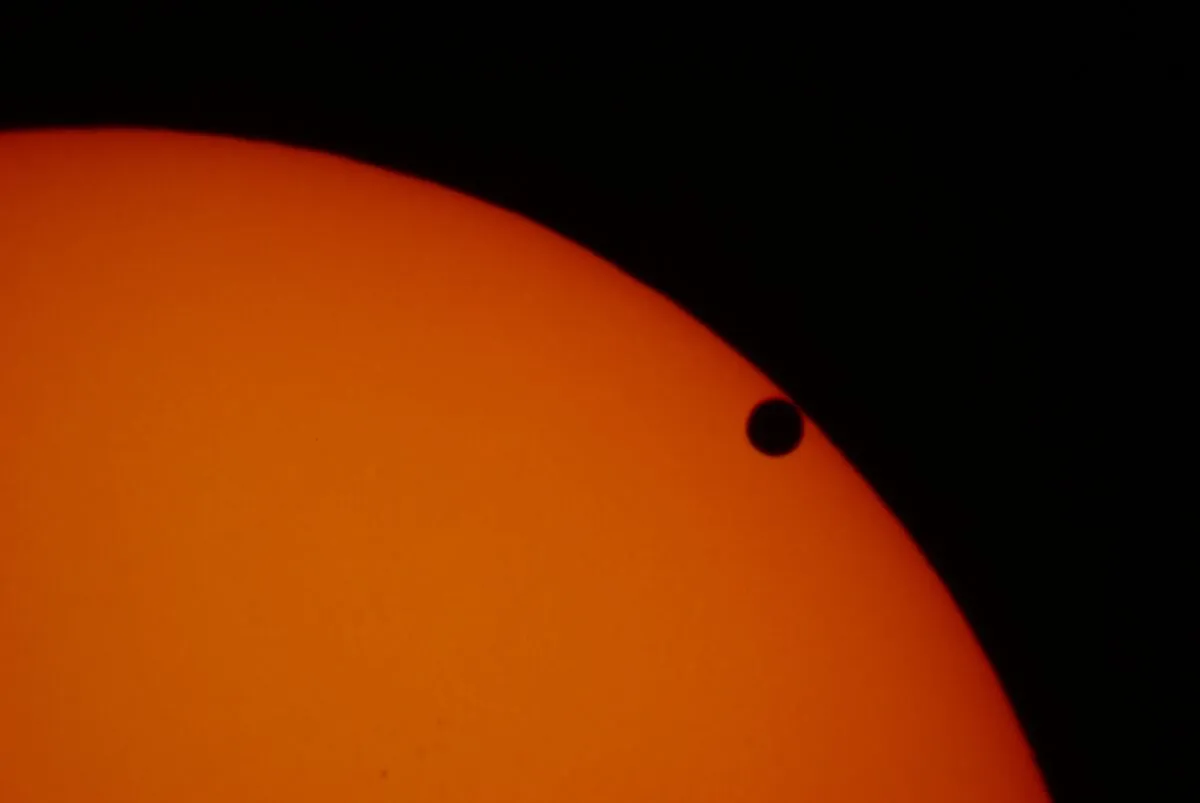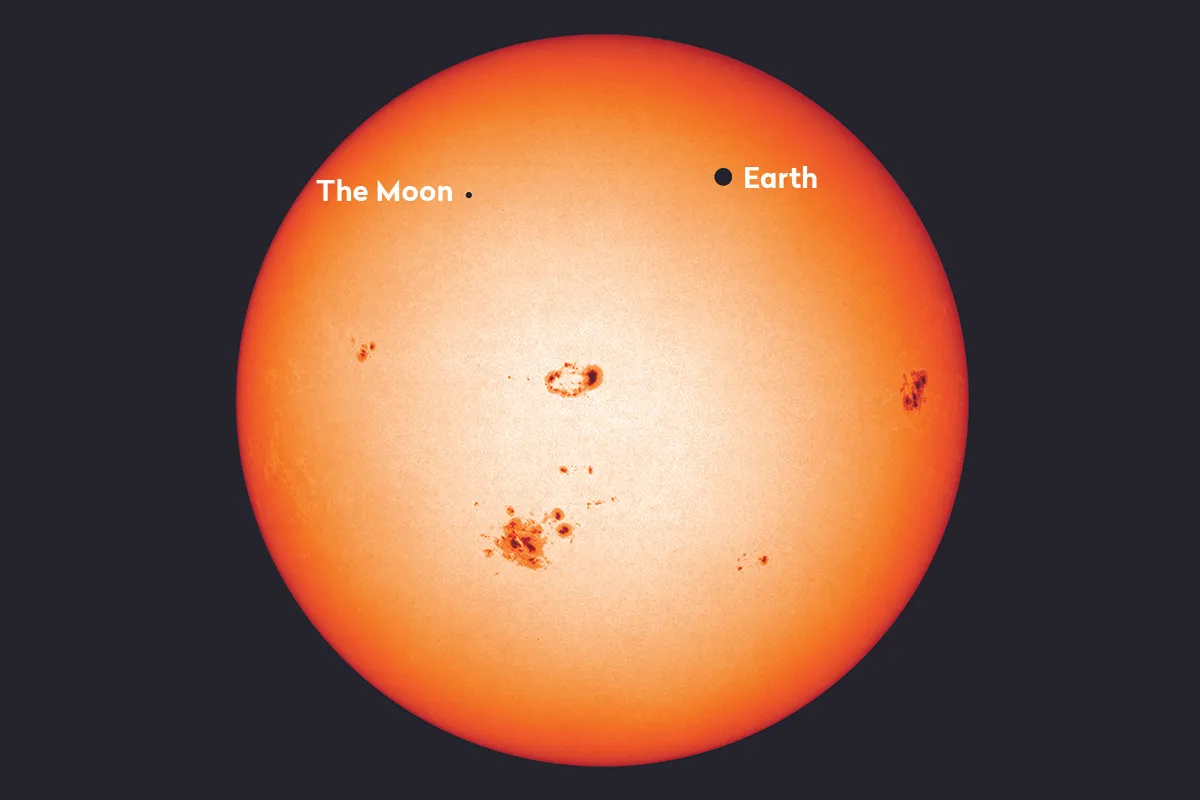Imagine if you could stargaze from Mars. Would you be able to see planet Earth pass in front of - or transit - the Sun?
A transit is one of the most awe-inspiring and rewarding events to see in astronomy, perhaps up there with a solar eclipse.

Watching a planet pass in front of the Sun really brings home just how gigantic our host star really is, as the silhouettes of the inner planets are dwarfed by the magnitude of the solar disc.
From Earth it's possible to see a transit of Venus or a transit of Mercury, the former occurring far less frequently than the latter.
These transits occur because Venus and Mercury's orbits are closer to the Sun than Earth's orbit.
Consequently, if we time it right and use safe solar observing equipment, we get to see the silhouette of Venus or Mercury passing in front of the Sun.
But what about on other planets? If we were standing on Mars, for example, would we be able to see a transit of Earth?

Mars Earth transits
A transit of Earth can be seen from Mars in intervals of between 25 and 100 years.
These transits usually occur in pairs 79 years apart, similar to the transits of Venus seen from Earth (where pairs of transits are 8 years apart, but the pairs themselves are over 100 years apart).
From Earth’s point of view during such an event, Mars is in opposition and appears to be uniformly lit by the Sun.
The interesting thing about an Earth transit of the Sun as opposed to transits of Mercury or Venus, is that the Moon would also be visible alongside the Earth as it slides in front of the Sun.

Depending on the Moon’s position in its orbit, however, either Earth or the Moon might complete its transit before the other body starts to cross the Sun.
The last transit of Earth that could be seen from Mars occurred on 11 May 1984.
When accurate calculations of this transit were published in 1969 they inspired a short story by Arthur C Clarke.
Transit Of Earth (1971) tells of a lonely explorer stranded on Mars who watches this rare astronomical event before his oxygen runs out.

The next transit of Earth from Mars will occur on Friday, 10 November 2084, lasting about eight and a half hours.
Perhaps by then human colonists will be able to look up into the rusty martian skies and see their ancestral home world brushing across the face of the Sun!
Find out more about astronomy on the Red Planet in our guide What does the night sky look like on Mars?
This article originally appeared in the November 2008 issue of BBC Sky at Night Magazine.
